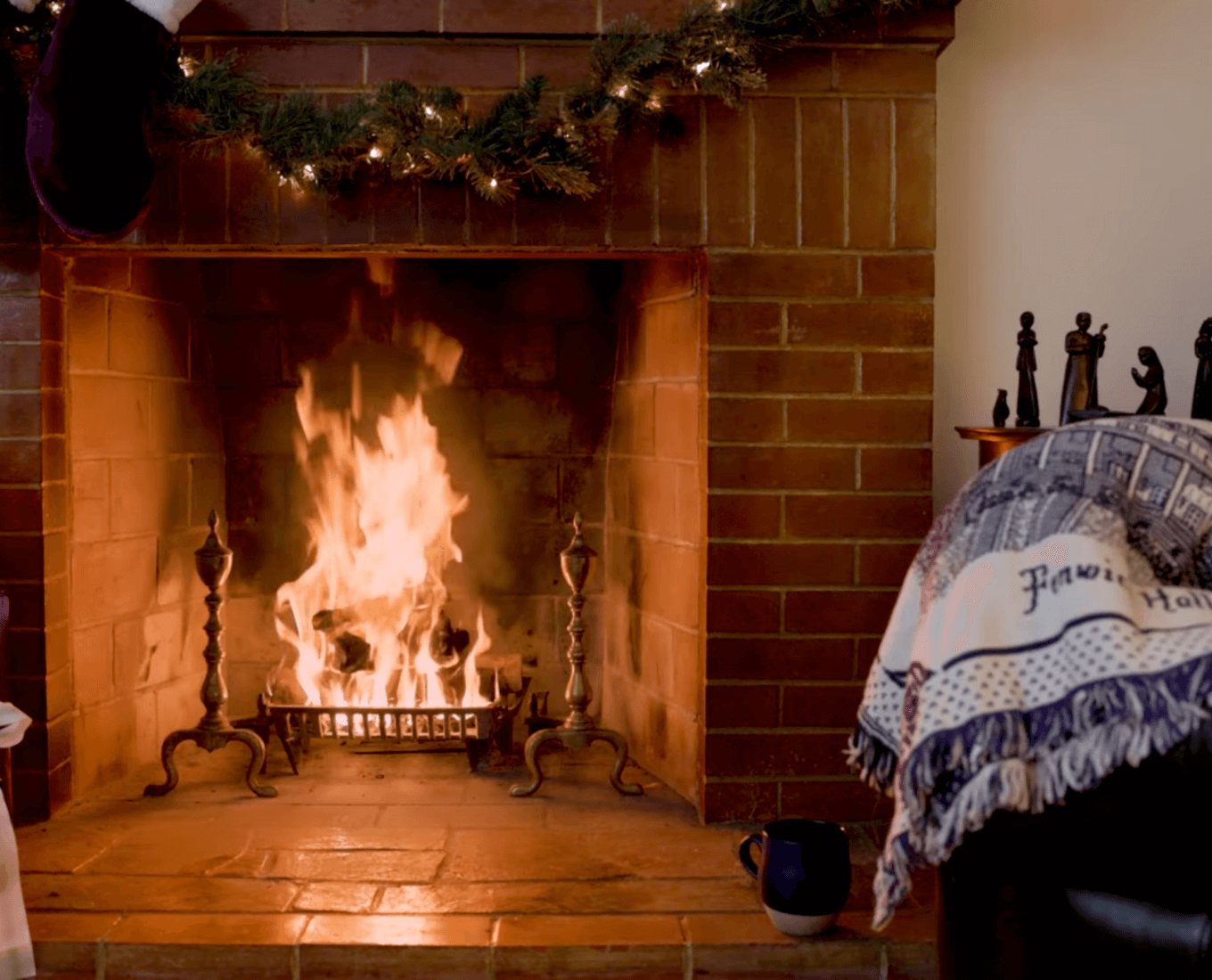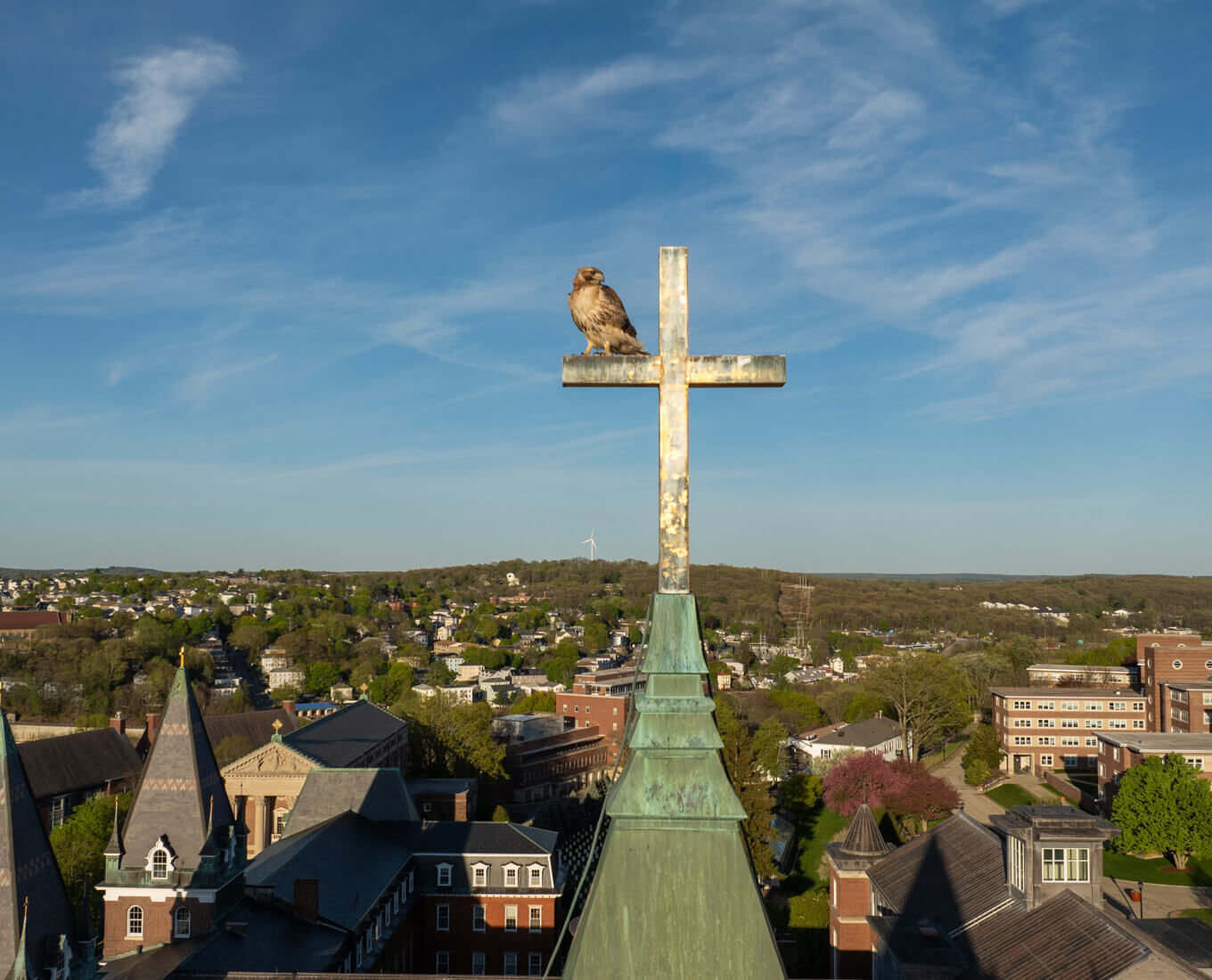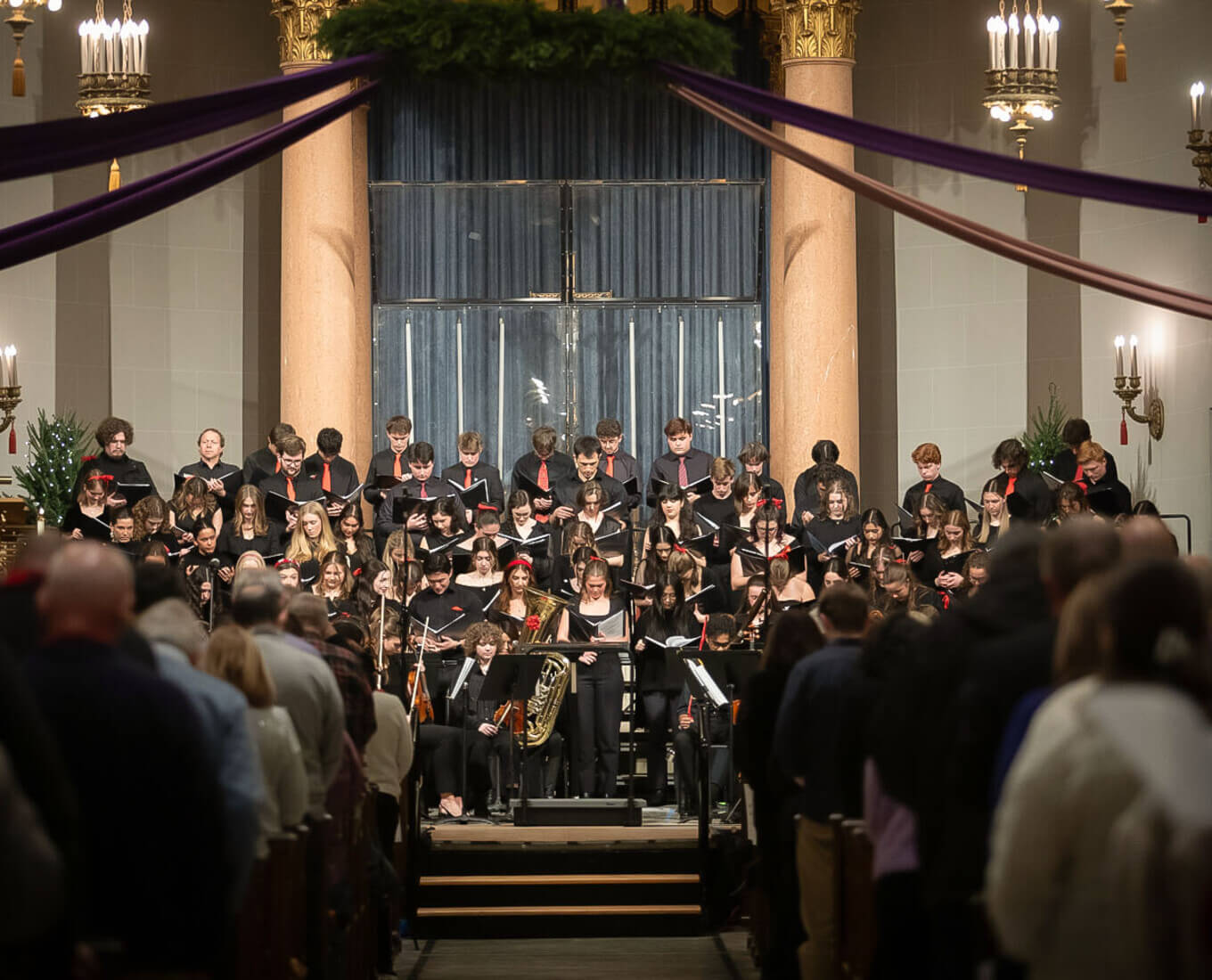With Pope Francis’ death on April 21, 2025, at age 88, the world looks back on his papacy — and forward to his funeral, as well as to the conclave that will name his successor.
The Catholic Church’s first Latin American pontiff, as well as its first Jesuit pope, Francis served as head of the billion-person church for 12 years, after being elected on March 13, 2013, following the surprise resignation of Benedict XVI. He was known for his care for the poor, an advocacy even reflected in his papal name choice: honoring St. Francis of Assisi, a 13th-century mystic whose love for nature, simplicity and the poor have inspired Catholics and non-Catholics.
“I would argue that the changes Francis brought to the papacy were more than skin deep. He opened the church to the outside world in ways none of his predecessors had done before,” said Mathew Schmalz, professor of religious studies.
In addition to turning a Vatican plaza into a refuge for the homeless, whom he called “nobles of the street,” Francis:
- Washed the feet of migrants and prisoners during the traditional foot-washing ceremony on the Thursday before Easter. In an unprecedented act for a pope, he also washed the feet of non-Christians.
- Encouraged a more welcoming attitude toward gay and lesbian Catholics and invited transgender people to meet with him at the Vatican.
Yet he also reaffirmed official Catholic positions on other contentious issues, Schmalz said, such as labeling homosexual behavior a “sin,” (although stating it should not be considered a crime) and criticizing gender theory for “blurring” differences between men and women.
“While he maintained the church’s position that all priests should be male, he made far-reaching changes that opened various leadership roles to women,” Schmalz added. “Francis was the first pope to appoint a woman to head an administrative office at the Vatican. Also for the first time, women were included in the 70-member body that selects bishops and the 15-member council that oversees Vatican finances.”
Some of these positions led to opposition in some Catholic circles. (Read a deeper analysis on Francis' papacy here.)
The funeral
As early as 2015, Pope Francis had expressed the desire to be buried in the Basilica of Santa Maria Maggiore, a fifth-century church in Rome dedicated to the Blessed Virgin Mary; no pope has been buried there since the 17th century. He was so devoted to Mary and her basilica that after each of his more than 100 trips abroad, he would visit it after returning to Rome to pray and meditate, noted Joanne M. Pierce, professor emerita of religious studies.
The funeral rites, run by the camerlengo, Cardinal Kevin Joseph Farrell, will be held in three parts, called stations. (Read an in-depth look at the funeral rites here.) The camerlengo, or chamberlain, is responsible for managing the College of Cardinals' administration of essential aspects of the Holy See until there is a new pope.
Choosing the next pope
Two to three weeks after the funeral, the College of Cardinals will hold a conclave, in which 133 men will cast their votes behind the locked doors of the Vatican’s Sistine Chapel. The term derives from Latin and means "with key," referring to the fact that the cardinals are locked in a room until they choose a pope. That tradition began when an ancient election lasted an inordinate amount of time and they had to be locked in from outside so that they were encouraged to complete the deliberation.
Schmalz said this will be the most diverse conclave in the history of the Catholic Church: The College of Cardinals has members from over 90 countries, with Francis having appointed nearly 80% of them, he noted, a far cry from earlier centuries when the college was dominated by Europeans — Italians in particular. (Read a detailed description of a conclave here.)



